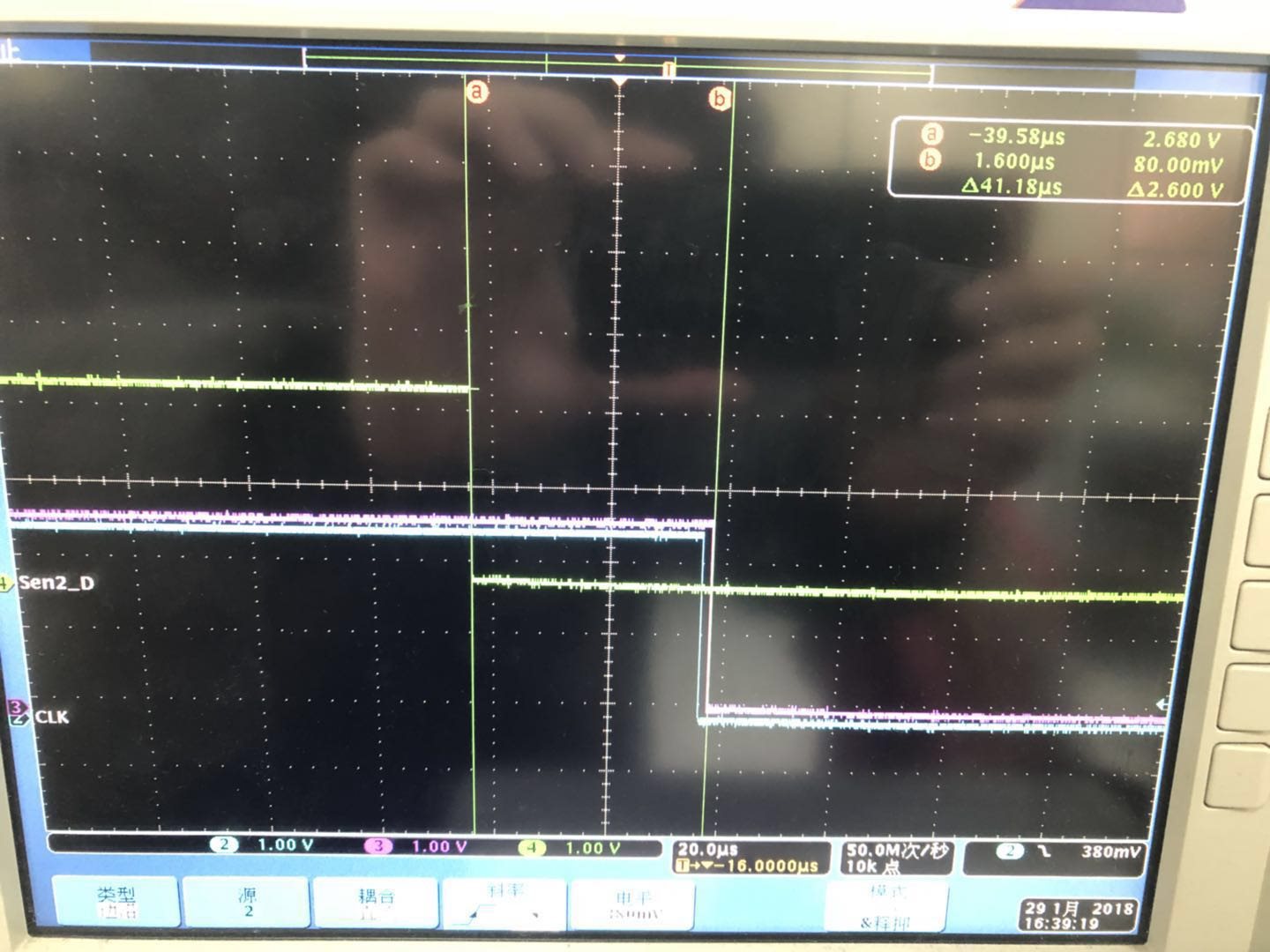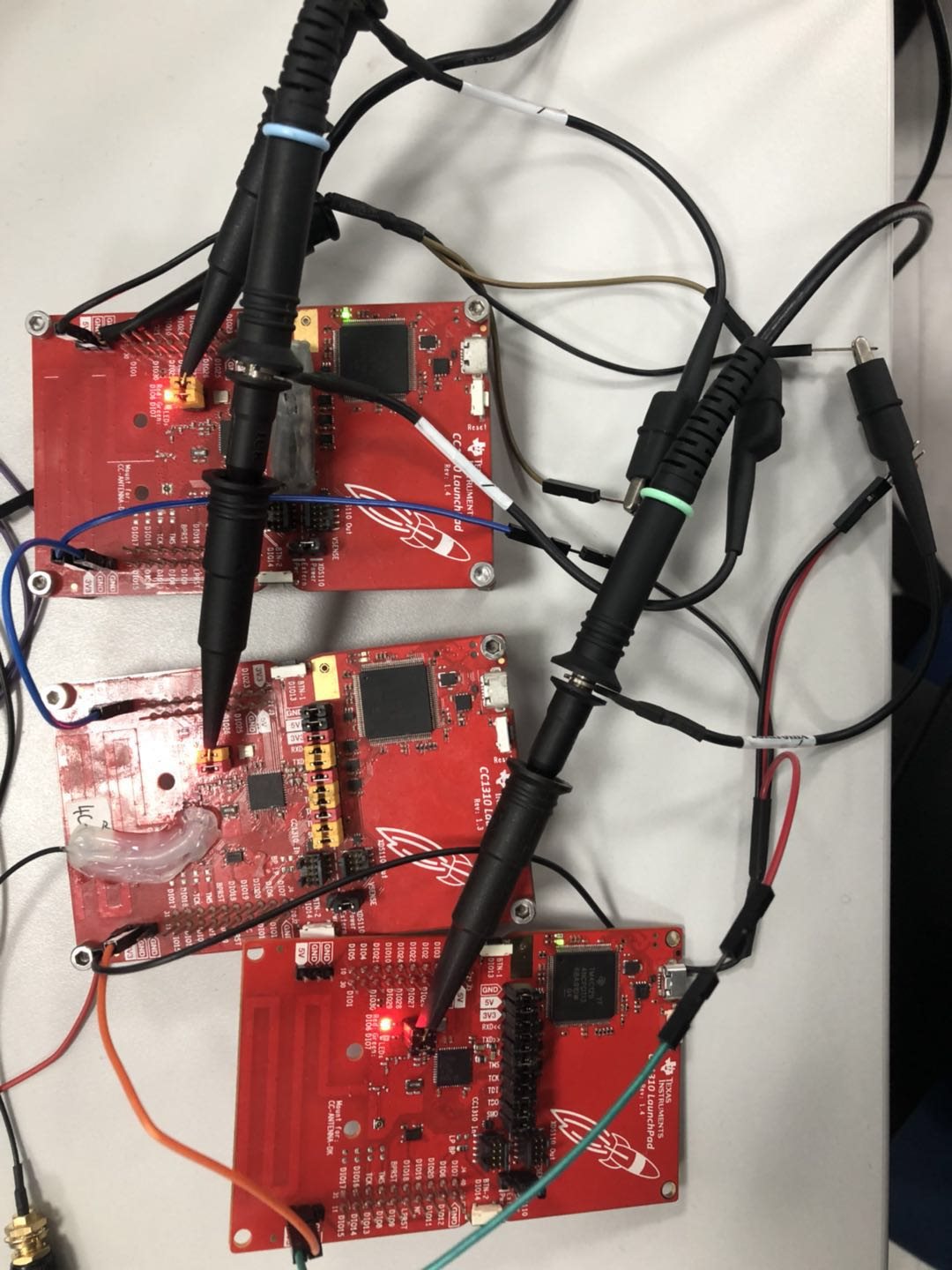Other Parts Discussed in Thread: CC1310
Hi Team,
Customers feedback a problem. There were 4 CC1310 Launchpad.
One CC1310LP is as TX device, running the demo rfPacketTx_nortos; while another three CC1310LP all are as RX device, running the demo rfPacketRx_nortos.
CC1310 TX device sent a packet in the air. Why does three Rx devices not receive this packet at the same time? And sometimes it delay a lot.
We do a test, when Rx device receive the packet from Tx device, Rx device code will go into the callback function. In the callback function, we make a pin output from high to low level.
Let's see below Waveform. Do you have any suggestions? Thank you!



